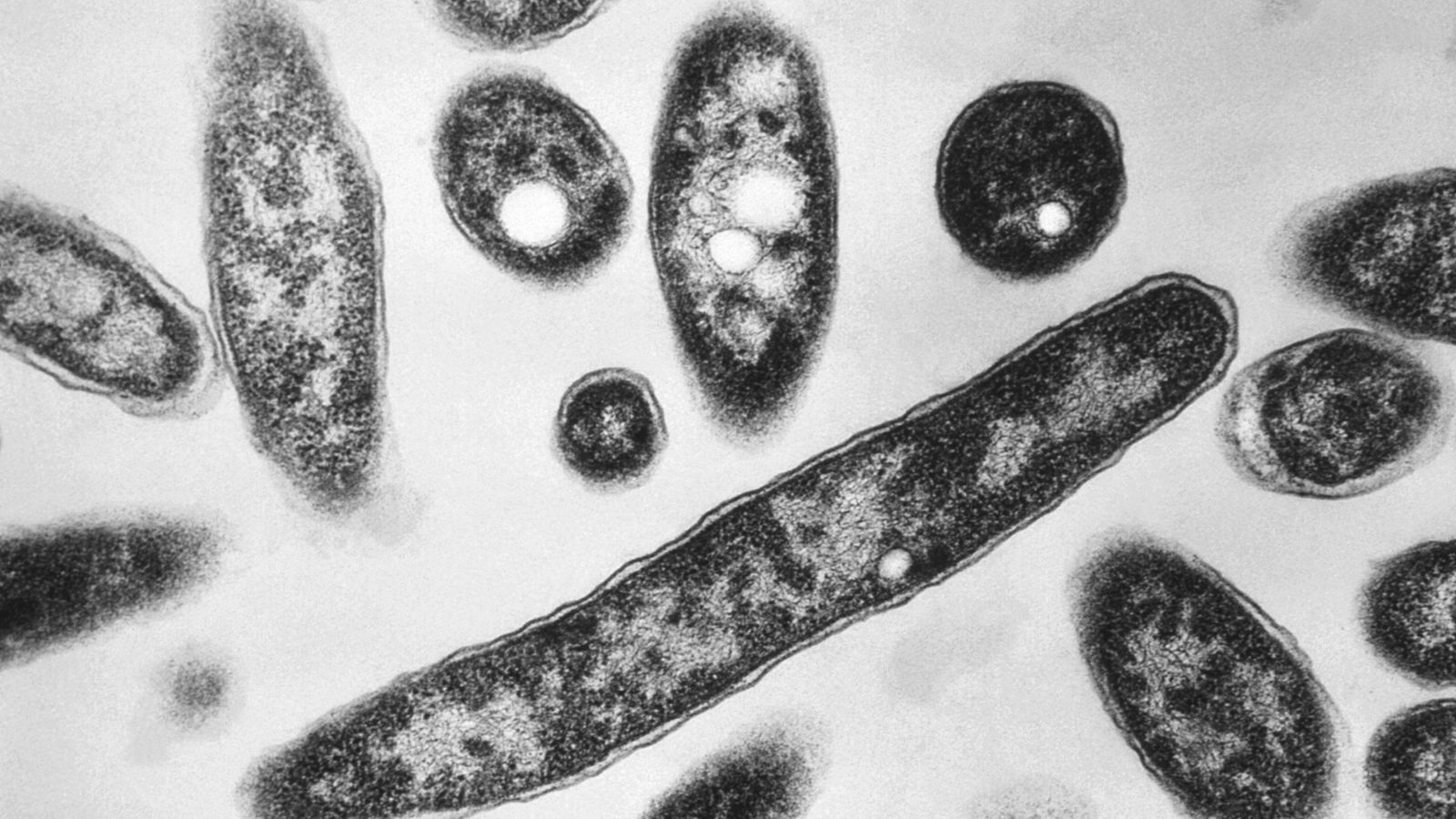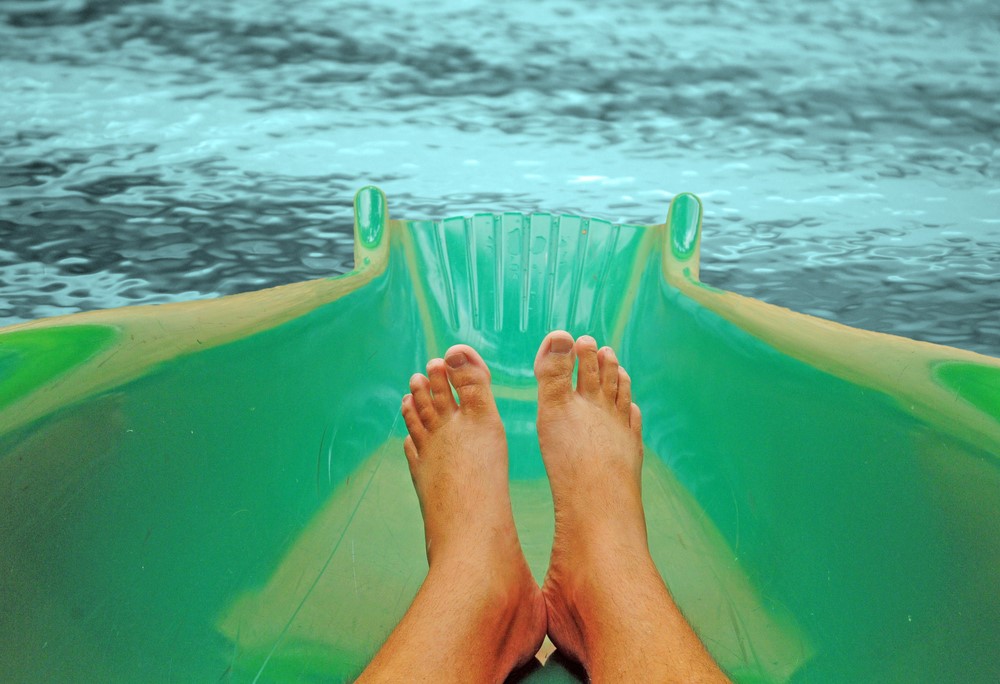The bacteria that causes Legionnaires’ disease has been found in Poland near the Ukrainian border and on the barge due to house asylum seekers in Dorset.
Sixteen people have died and 140 others have been infected in Rzeszow after Legionella was discovered in the city’s water pipeline system.
It was also discovered on board the Bibby Stockholm, the floating accommodation due to hold asylum seekers currently stationed in Portland.
Where is Legionella usually found and how do you catch it?
Legionella is the bacteria found in water droplets that causes Legionnaires’ disease.
It’s usually caught in the water systems of places such as hotels, hospitals and offices, which have periods of not being used.
You become infected if you breathe in droplets. This normally happens through air conditioning systems, taps, showers, swimming pools, hot tubs and humidifiers.
It isn’t usually contracted through drinking water, coming into contact with another infected person, or from ponds, lakes or rivers.
It was first discovered in 1977 as the cause of a serious pneumonia outbreak at an American Legion centre in Philadelphia the year before, which is where it gets its name.
What are the symptoms and how is it treated?
Legionnaires’ disease is a lung infection which can result in the following symptoms:
Most people who contract it are taken to hospital, where they are given intravenous antibiotics and oxygen through a mask or machine to help them breathe.
Once stable, people can be discharged and given a one to three-week course of oral antibiotics to take at home.
Read more from Sky News:
What’s happening in Gabon?
How will I know if my child’s school is shutting?
Why World Cup kiss has turned into Spain’s #MeToo
Although most people make a full recovery after a few weeks, for those with underlying conditions it can be serious – and sometimes fatal.
All cases need to be treated quickly to avoid complications, which include respiratory failure, acute kidney failure and septic shock.
16 dead in Poland
There have been at least 156 cases of Legionnaires’ disease in Rseszow, Poland, including 16 fatal ones.
The people who have died were elderly and had underlying health conditions, the authorities have said.
Rseszow is 50 miles from the Ukrainian border and a key transit hub for international military support for the country’s forces. Both British and US troops are currently stationed there. Prince William visited them there earlier this year.
Lab tests confirmed the bacteria in water pipelines but the authorities are still looking for the source of the infections.
Chlorine is being used to disinfect 620 miles of pipelines, with residents assured water will still be safe to drink.
Experts think the bacteria could have spread during the recent heatwave. Legionella multiplies faster in temperatures of between 20C and 50C (68F and 122F).
Migrants forced to leave barge
Legionella was confirmed on board the Bibby Stockholm in early August.
It has since emerged that 39 asylum seekers were on board the vessel for four days in spite of the presence of the bacteria.
They were removed by the Home Office as a “precautionary measure”, with Home Secretary Suella Braverman insisting the floating accommodation is safe.
But both the asylum seekers themselves and the Fire Brigade Union have expressed concerns, with the latter taking legal action over claims they are being “recklessly endangered” by responding to incidents on the barge.




